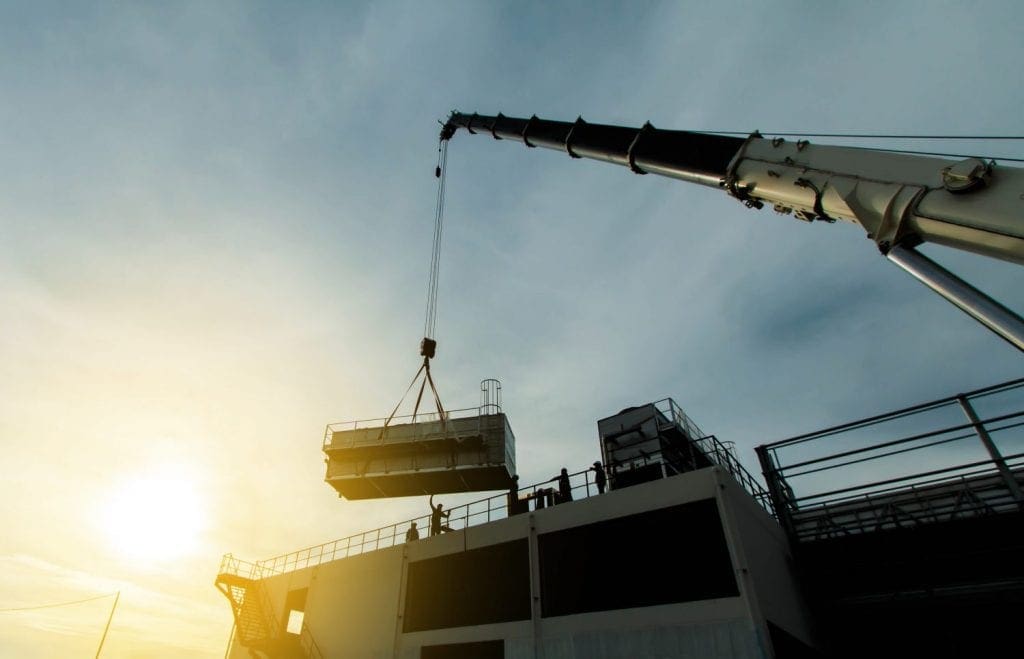The operation of a construction project relies heavily on effective communication and coordination. This ensures efficiency, timeliness, and most of all, the safety of all construction workers and crane operators.
And while a seamless operation boils down to many processes—one of the most crucial roles is that of the crane operator signal person. Since crane operation bears such a significant responsibility in construction projects, a crane signal person must use mobile crane signals to communicate to the crane operator effectively.
The crane refers to the tall machine used primarily in the construction industry to lift, lower, and move heavy objects. And like every type of heavy equipment, this machine can be dangerous if not operated correctly. That’s why a crane operator signal person is necessary. Since cane operators and employees work in such close proximity to the crane, there must be procedures and guidelines put in place to ensure the safety of everyone surrounding the construction site.
Mobile Crane Accidents: Prevention Tips
Why are crane hand signals used?
Hand signals are used during crane operations because construction job sites are loud. With various machines up and running, trucks driving, hammers clanking, and other mechanical noises, this impairs verbal communication.
That’s where the crane signal person comes in. This person is the eyes and ears of the crane operator. The crane signal person instructs the crane operator to safely lift, move, and place the load in the exact location.
By memory, the signal person will know all the signals to communicate to the crane operator. They also must keep up to date with the various crane types utilized in a job site. Some cranes may have different methods of operating, and therefore, will require different hand signals. Let’s take a look at the various mobile crane signals that keep construction operations running smoothly and safely.
Different Crane Hand Signals
All signals given here are motion signals. Please make sure to pay attention to the way your thumb is pointed, if your fingers are extended, etc.
Stop Signals
Emergency Stop Crane Hand Signal
To communicate an emergency stop, a signal person must fully extend both arms horizontally out from the body with palms facing downward, and from there, swing both arms back and forth.
Stop Crane Hand Signal
To stop or pause an action, a signal person must extend one arm horizontally out from the body with a palm facing downward, and from there, swing back and forth.
Dog Everything Hand Signal
To halt all activity, the signal person must clasp hands together and place at waist level.
Boom Signals
Raise Boom
To tell the operator to raise the boom, a signal person must extend one arm horizontally out from the body and signal a thumbs up with a closed fist.
Lower Boom
To tell the operator to lower the boom, the signal person must extend an arm horizontally out from their body and signal a thumbs down with a closed fist.
Swing Boom
To tell the operator to swing the boom, the signal person must extend an arm out horizontally, and use their index finger to point in the direction the boom is to swing.
Extend Boom
To tell the operator to lengthen the boom, the signal person must place hands at the front of their waist in a fist and point only their thumbs outwards.
Retract Boom
To tell the operator to retract the boom, a signal person must use mobile crane signals by placing hands in front of their waist in a fist and point their thumbs toward each other.
Load Signals
Hoist Load
To tell the operator to lift the loads upward, a signal person must extend one arm vertically toward the ceiling or sky, point with their index finger, and make small circular motions.
Lower Load
To tell the operator to lower the load, a signal person must extend one arm vertically, point down toward the floor or ground with their index finger, and make small circular motions.
Speed Signals
Move Slowly
To slow the rate of an action, the signal person must place one hand above the hand that is giving the action signal.
Start Your Heavy Equipment Training
The reasons to become a crane signal operator are plenty. For starters, it’s a highly rewarding profession that’s always in-demand. It allows you to gain real-world experience and make good money. Most importantly, it allows you to make the workplace safer for you and coworkers.
At Heavy Equipment Colleges of America, we provide a range of training programs to prepare for a career in the heavy equipment industry. Our graduates find fulfilling careers in heavy equipment operations and go on to work in leading companies. Best of all, we offer accelerated programs that can train you in as little as three weeks! Ensure the safety of crane operations. Begin your crane operator training with HEC mobile crane programs.

